6. Fantasia 2000 (1999)
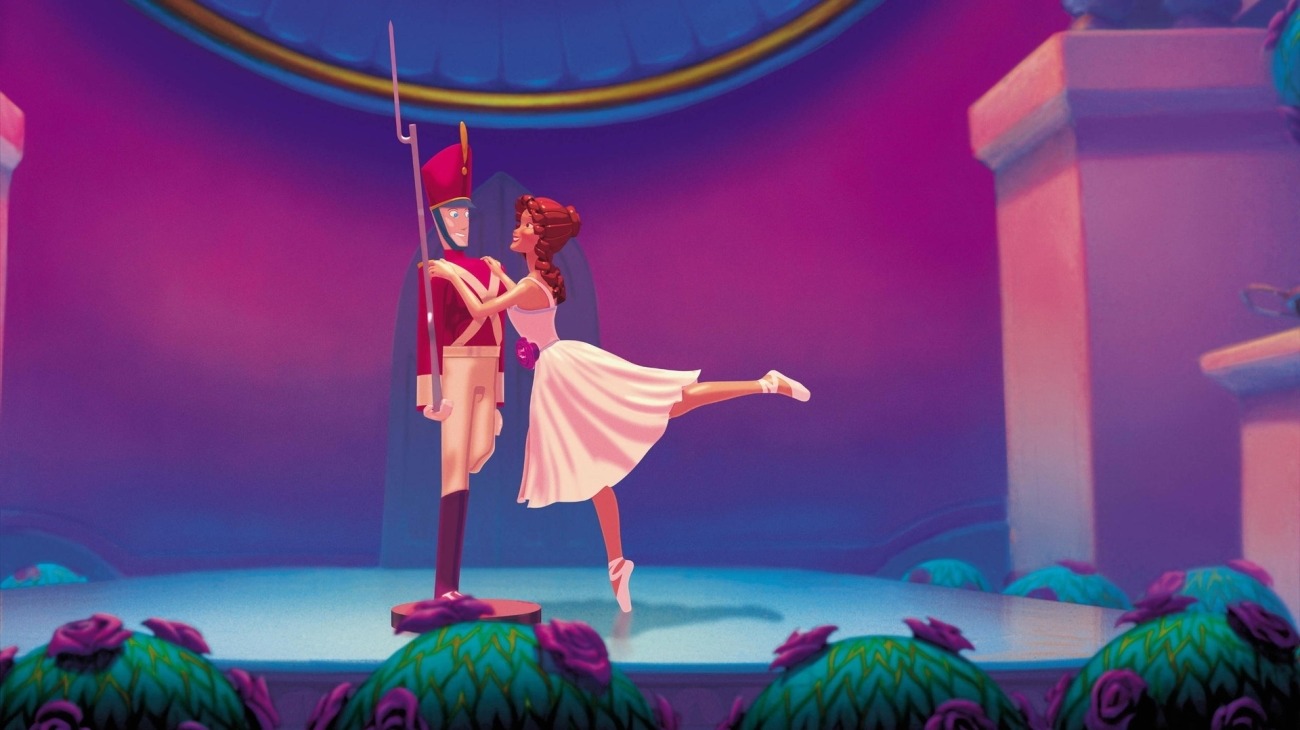
Fantasia captured the hearts of children and adults alike with its iconic imagery set to epic classical music pieces. It was a simple, yet effective premise for Disney, birthing famous shorts like The Sorcerer’s Apprentice and Night on Bald Mountain. These images endured over the years, with The Sorcerer’s Apprentice even serving as a flagship animation from Disney at the level of something like Steamboat Willie.
Unlike most cases involved Disney sequels, Fantasia 2000 was a sequel that was planned from the beginning. The idea was that once a year, Disney would create 2-3 additional animated sequences and then release Fantasia into theaters with a few animations replacing older ones. Though the idea was dropped, Disney eventually released Fantasia 2000 with entirely new animations, barring the reuse of Sorcerer’s Apprentice.
The film wasn’t entirely unseen when it came out and even hails as the first animated film to release in IMAX. However, it was widely regarded as the weaker of the two entries due to a heavier focus on story over music, some mediocre celebrity cameos, and a wacky and more cartoonish vibe that undercut the feeling of majesty that defines the original. As a result, the film has slowly faded into the recesses of the Disney vault, retaining a very small fan base and nearly no conversation in retrospect.
It’s a shame because Fantasia has some magnificent sequences, including a Rhapsody in Blue segment so strong that it stands among one of the best sequences Disney has ever produced. The film may not have the thematic cohesiveness and gravity of the original, but it is entertaining, beautifully animated, and is one of the strongest entries in Disney’s post-renaissance era.
7. The Texas Chainsaw Massacre 2 (1986)
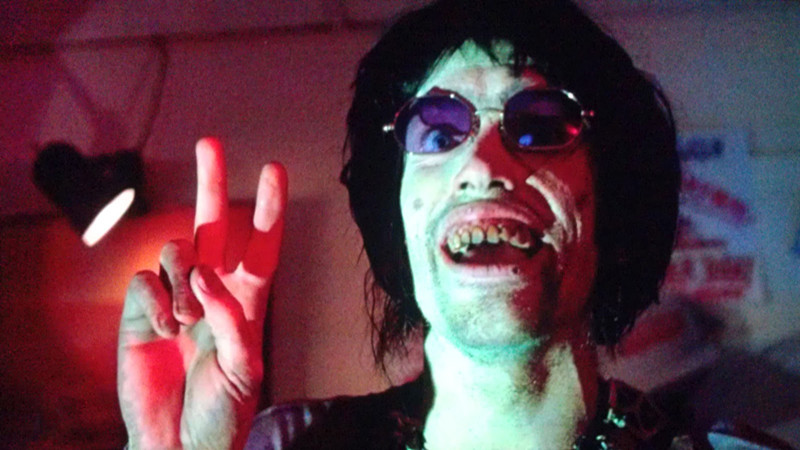
The Texas Chainsaw Massacre blasted onto the horror scene in the early ’70s, creating an instantly iconic horror film that crafted a medley of abandoned houses, atmospheric tension, and sun-baked terror. When Tobe Hooper decided to create a follow-up, he nixed almost everything that made the original such hit, except for the characters and the gore. What followed was a masterclass in black comedy, a grimey satire of ‘80s excess that alienated serious horror fans and critics alike.
The film follows Leatherface and his sadistic family now targeting a DJ named Vanita Brock, who teams up with a local sheriff to track down and fight the family, now living in a twisted abandoned carnival.
While eschewing the traditional sense of dread, the Texas Chainsaw Massacre 2 offers an audacious delve into the psychological family dynamics present in the Sawyer family. Leatherface gets a subplot exploring his sexual and emotional pathos, while other family members shine in unhinged horror sequences that test the limits of grotesque comedy.
8. Creep 2 (2017)
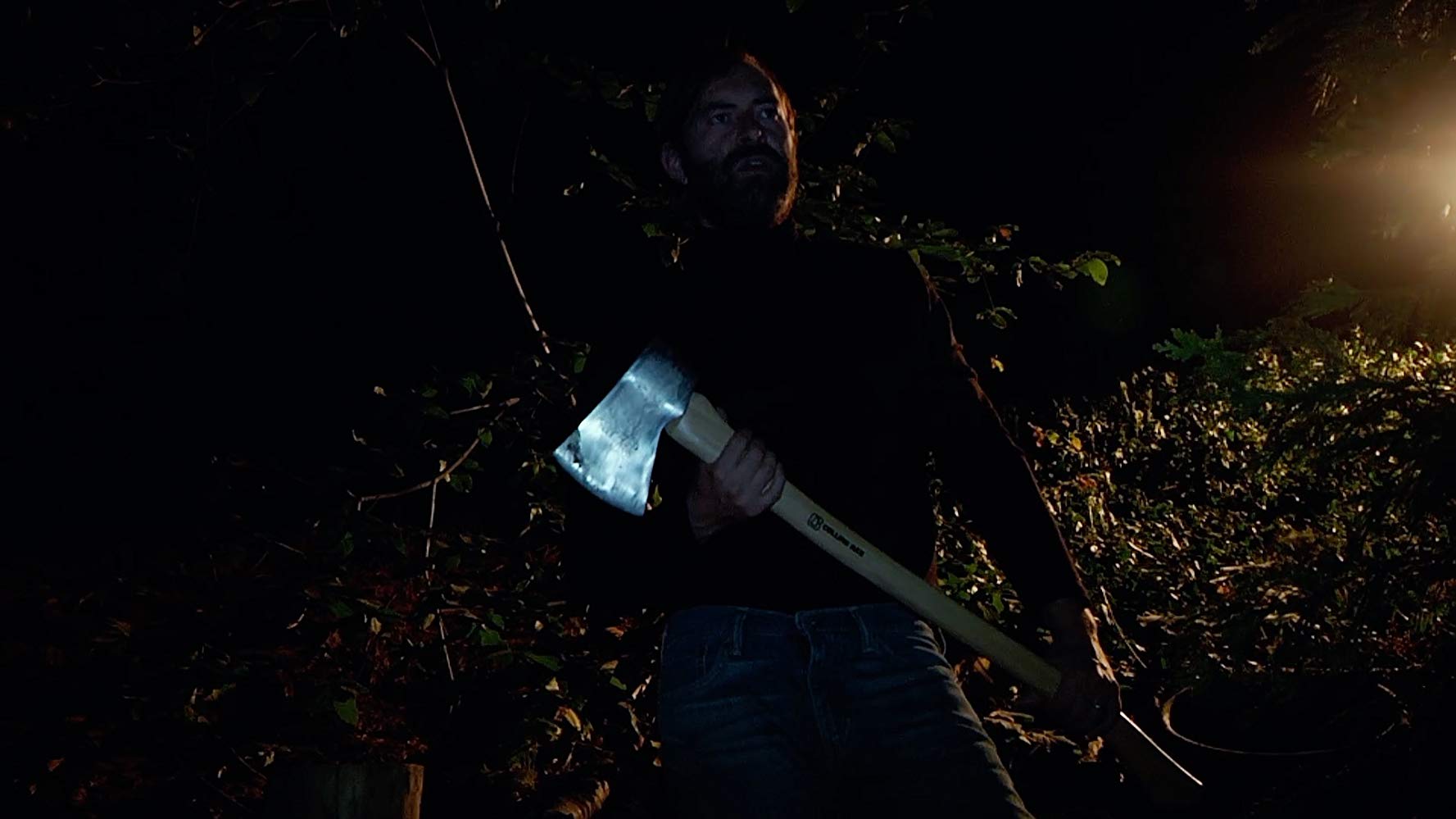
Creep 2 is the sequel to a Mark Duplass found footage film that was both well received and sparsely seen by the public. The sequel may not have done much to bring the general public’s attention to the franchise, but it’s a rare second entry that took the best elements of the first film and expanded on them to create a superior follow-up.
The film follows a serial killer named Aaron who lures videographers to their death through craigslist ads. His newest victim, a girl named Sarah who just wants to create some interesting content, comes to his house and is met with a deal from Aaron: that he is a serial killer, but will let her live for the next 24 hours if she documents his life.
Like the first film, Creep 2 does a lot with a little, boasting a tiny cast of just 3 people and mining scares from the weird character that Mark Duplass creates as he slowly becomes unhinged throughout the film. Fantastic performances bolster this sequel, as Duplass revels in playing a serial killer whose charm is only rivaled by the red flags he radiates, as well as Desiree Akhavan who matches and challenges Duplass’s energy.
Creep 2 will hopefully help the franchise garner the attention it deserves as they both stand out for being well above their peers in the found footage canon. These films are a masterclass in milking a lot out of a simple premise and it’s captivating to witness.
9. Gremlins 2: The New Batch (1990)
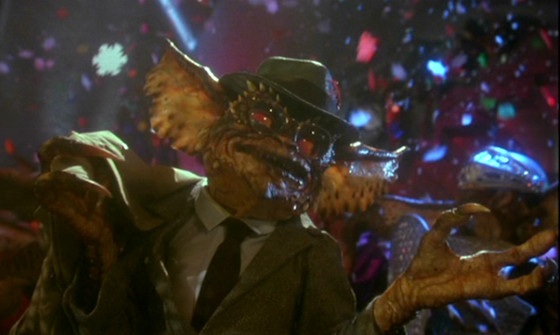
Gremlins is one of the strongest creature films in horror, a seminal Christmas movie, and a heavy-hitter in the horror-comedy genre. It’s a timeless classic and exactly the type of movie that you should never even attempt to make a sequel to.
Director Joe Dante agreed with that sentiment, but Warner Bros. disagreed and demanded a sequel to cash in on that Gremlin’s money. Rather than let his work be taken over by someone else, Dante decided to helm this sequel after being given complete creative control. What he created was a bombastic, Tex Avery style Looney Tunes cartoon that spat in the face of Warner Bros. and the concept of sequels themselves.
Gremlins 2: The New Batch may lack the seminal and genuine pathos or the scary moments that the first one embodied so well. But it makes up for it with unbridled insanity, even opening with Bugs Bunny and Daffy Duck arguing over who gets to introduce the film.
The film follows Billy and Kate, who now both work at a media empire not dissimilar to Warner Bros. that has kidnapped Gizmo, their beloved Mogwai. After helping Gizmo escape, he gets wet, birthing a hoard of new Gremlins, now with increased genetics as a result of experimental testing.
Some fans were put off by the silly tone, the aggressive and outright mockery of the first film, and lack of a plot. However, the gleeful manner in which this sequel breaks all of the rules makes Gremlins 2: The New Batch is an exhilarating comedy that expands on the comedic potential of the first film established while constructing some creative sequences and new Gremlin models to keep it feeling fresh and fun.
10. Return to Oz (1985)
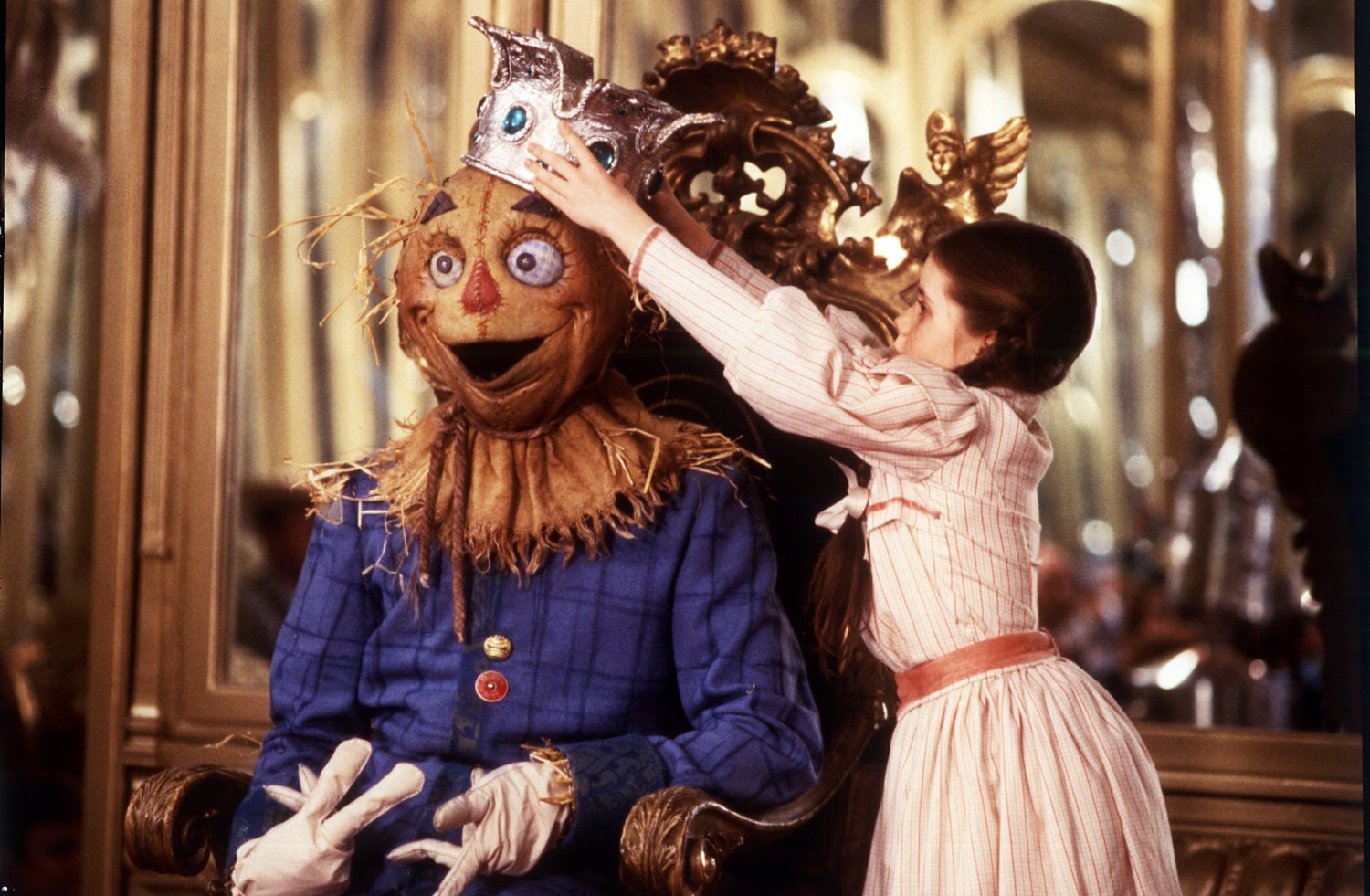
The Wizard of Oz is such an immediately iconic childhood film that any sequel was bound to disappoint. How could any follow-up manage to overcome the near-universal nostalgia bias attached to what the Library of Congress refers to as the most seen film in history?
The answer, of course, is that Return to Oz didn’t come close, instead opting to baffle audiences and critics alike by creating the darkest possible sequel to a kid’s film in existence. The film starts with Dorothy in a mental institution, undergoing electroshock therapy to help her forget about Oz. After escaping, she arrives in a conquered Oz, now under the rule of the Nome King. The city is in shambles, with the iconic yellow brick road smashed to pieces and all of her friends trapped in stone.
Walter Murch, known for his editing work on The Godfather, knew he was taking a huge risk by creating such an intense sequel to a beloved children’s film. Disney initially fired him from production after seeing the footage. However, Murch’s vision was saved by Geoge Lucas who saw promise in the film and told Disney that he would take over production if more issues arose.
A film featuring a perpetually beheaded evil queen, a dramatically aged down Dorothy, bizarre designs for the Tin Man, Lion, and Scarecrow, and a shockingly bleak tone was never destined to capture the audience’s imaginations. But Return to Oz has found a strong second life among cult audiences who marvel at how shockingly weird the film is. Return to Oz benefits from a very solid child performance by Fairuza Balk and a hefty dose of visually stunning stop motion and puppetry.
The film may fail to recapture the magic of Oz, but it stands strong on its own with a bold reimagination that pays tribute while going in an entirely different direction.